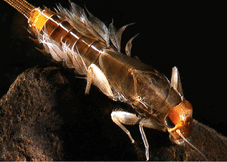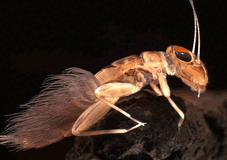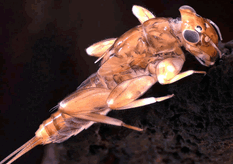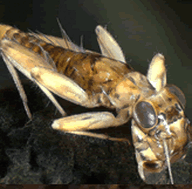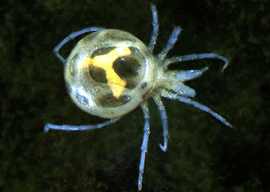Aquatic Invertebrate Surveys
Aquatic macroinvertebrates are good indicators of ecosystem health because they have known pollution tolerances, they are relatively easy to taxonomically classify and they are relatively sedentary. This means they can only crawl around the stream bed, so it’s hard for them to escape pollution. Most of the invertebrates we identify are larvae that form a pupa (like the monarch butterly). This pupa then hatches as the pupa leaves the water column and the adult insect flies away. The photos on this page come from Landcare Research’s website , go to the following link to see more!
The Acanthophlebia mayfly
is particularly sensitive to pollution of streams (image created by Landcare Research)
The Isotraulus mayfly
has particularly bushy abdominal gills. This mayfly is also quite sensitive to pollution (image created by Landcare Research.)
The Zephlebia mayfly
Is common throughout New Zealand, often present in hard and soft bottom streams (image created by Landcare Research.)
The Atalaphlebiodes Mayfly
Is particularly sensitive to pollution of streams. It is most commonly found in hard bottom streams (image created by Landcare Research.)
The Acari Mite
Is common in moderately polluted water (image created by Landcare Research.)
Get in Touch
If you need resource consent advice for anything surrounding water quality, freshwater ecology, aquatic ecosystems, riparian vegetation, stream gaugings, stream depletion or freshwater biodiversity then please get in touch.
